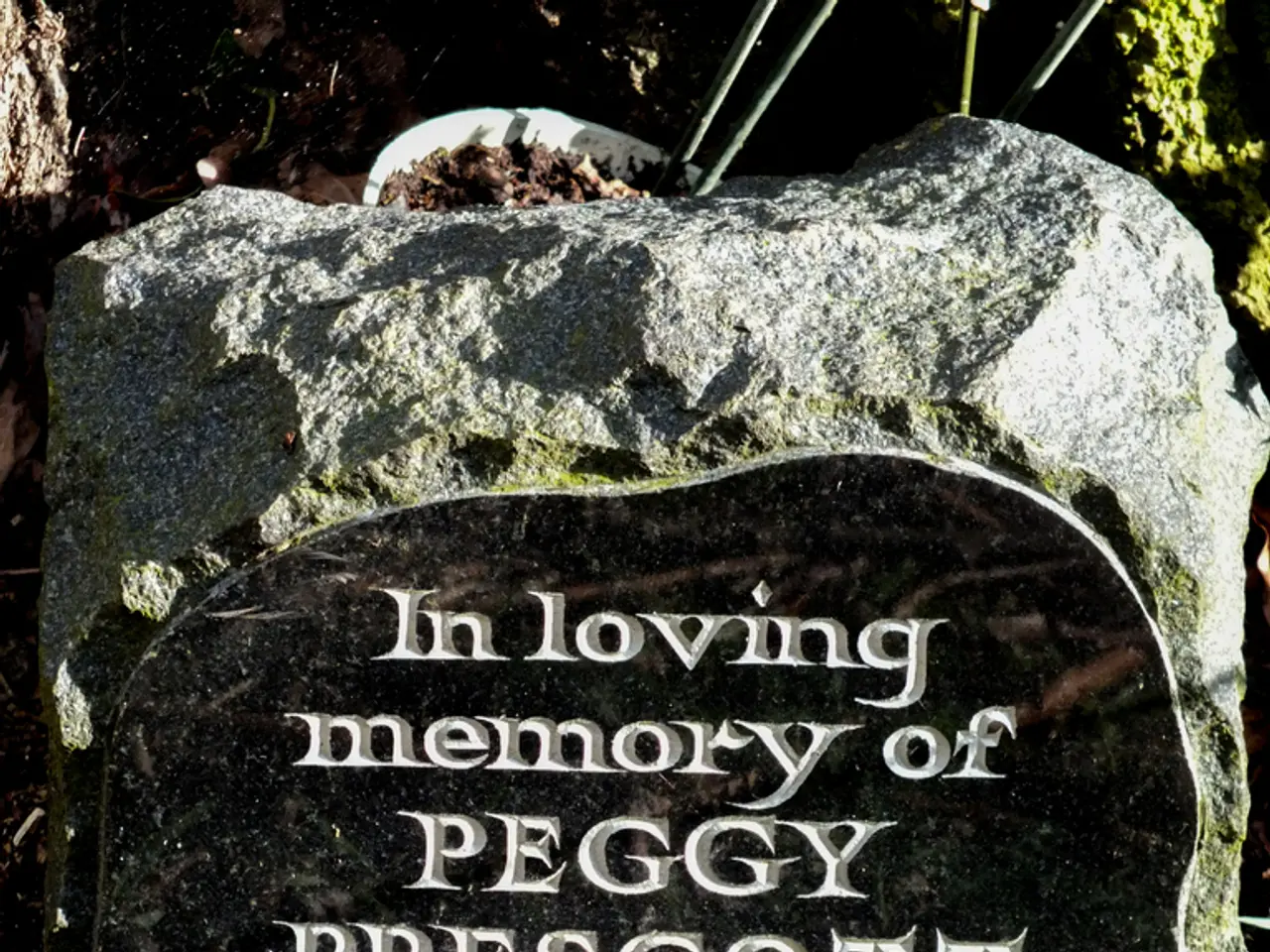Detailed Instructions for Creating Terrarium Landscapes (Focus on Rocks and Wood)
Are you ready to transform your terrarium into a thriving, self-sustaining ecosystem? In this article, we'll guide you through the best terrarium rock and wood options, teaching you how to use and style them for a balanced and safe closed environment.
**Rocks for Terrariums**
When it comes to choosing rocks, natural-looking, non-toxic resin rocks, such as Fluker’s Rock Caverns, are a popular and safe choice. Made from durable, non-toxic resin, these rocks mimic the appearance of natural rock and are safe for use with reptiles, amphibians, and plants.
If you prefer natural rocks, slate, quartz, lava rock, and river stones are all safe and popular choices. However, be cautious of porous or treated rocks that might be chemically altered.
| Rock Type | Safety Level | Notes | |-------------|--------------|---------------------------------------| | Non-toxic resin | High | Mimics natural look, easy to clean | | Slate/Quartz | High | Non-reactive, inert, safe for all | | Lava Rock | High | Lightweight, porous, good drainage | | River Stones | High | Smooth, non-toxic, available in sizes | | Treated rocks | Low | Potential for chemical leaching |
**Wood for Terrariums**
Choosing the right wood is crucial for maintaining a healthy terrarium. Cork bark, properly sanitized driftwood, spagnum moss-covered wood, and Manzanita Wood (which is already washed and cleaned) are all safe options.
To prepare wood, clean it thoroughly, sanitize it, and rinse it to ensure all cleaning agents or salt are completely removed. Spider Wood, a gnarled softwood from Rhododendron shrub roots, can be used after boiling the branches for 10-20 minutes to kill any organisms.
**Best Practices**
Avoid chemically treated materials that could disrupt the terrarium's balance. Choose rocks and wood that provide naturalistic hiding spots and microclimates without altering humidity or introducing toxins. Regularly monitor for mold or pests and remove any affected materials promptly. Balance the size and number of rocks/wood pieces to prevent overcrowding and maintain healthy airflow and space for plants.
**Creating Your Terrarium Masterpiece**
Terrarium without hardscape is like a meal without seasoning. Hardscape gives scale, texture, and contrast to a terrarium or vivarium. Use hardscape as a centerpiece, mix multiple pieces together, or place larger pieces in the background to frame and contrast the planting.
Some top picks for the best terrarium rocks include Dragon Stone, Seiryu Stone, and Gobi Desert Stone. For a different aesthetic, consider using crystals and bark. However, avoid using fresh or pine wood, as these can release harmful resins or promote mold growth.
Decomposition of rotting wood or any other organic matter is not a good idea in a closed ecosystem. Igneous rocks won't leech compounds, but some sedimentary and metamorphic rocks will. Mopani Wood, a resilient African hardwood known for its swirling two-toned appearance and resistance to mold and rot, is another excellent choice.
For shopping links, check out our guides on Manzanita Wood, Spider Wood, and Mopani Wood. With these tips and resources, you're now equipped to create a beautiful, balanced, and self-sustaining terrarium ecosystem. Happy terrarium building!
In the realms of home-and-garden enthusiasts who enjoy home-and-garden projects, gardening with a unique twist can be found in creating a thriving, self-sustaining terrarium ecosystem. Enhancing this ecosystem, some may choose to add hardscapes, such as terrarium-friendly wood like cork bark or Manzanita Wood, for a naturalistic touch and to provide hiding spots. Additionally, when tending to your home-and-garden terrarium, remember to choose non-treated rocks like Fluker’s Rock Caverns for a balanced and safe closed environment.




